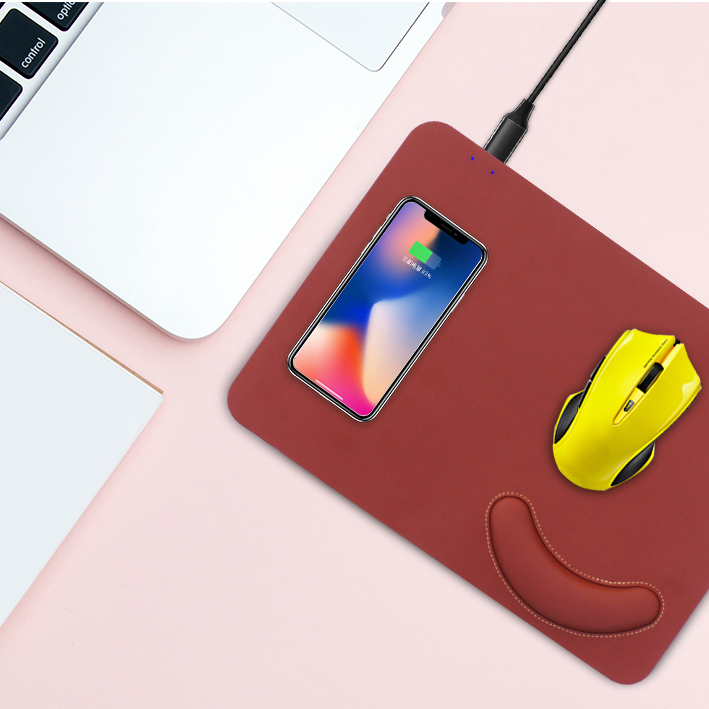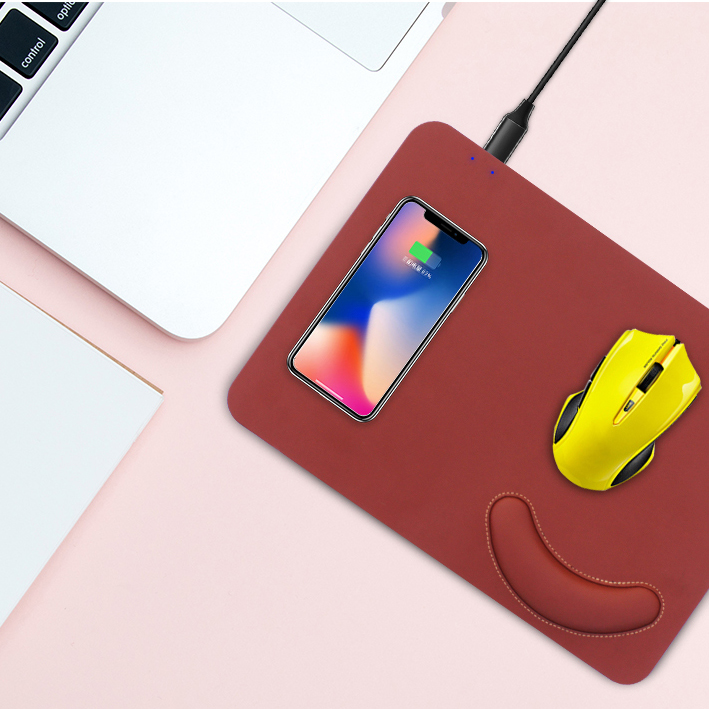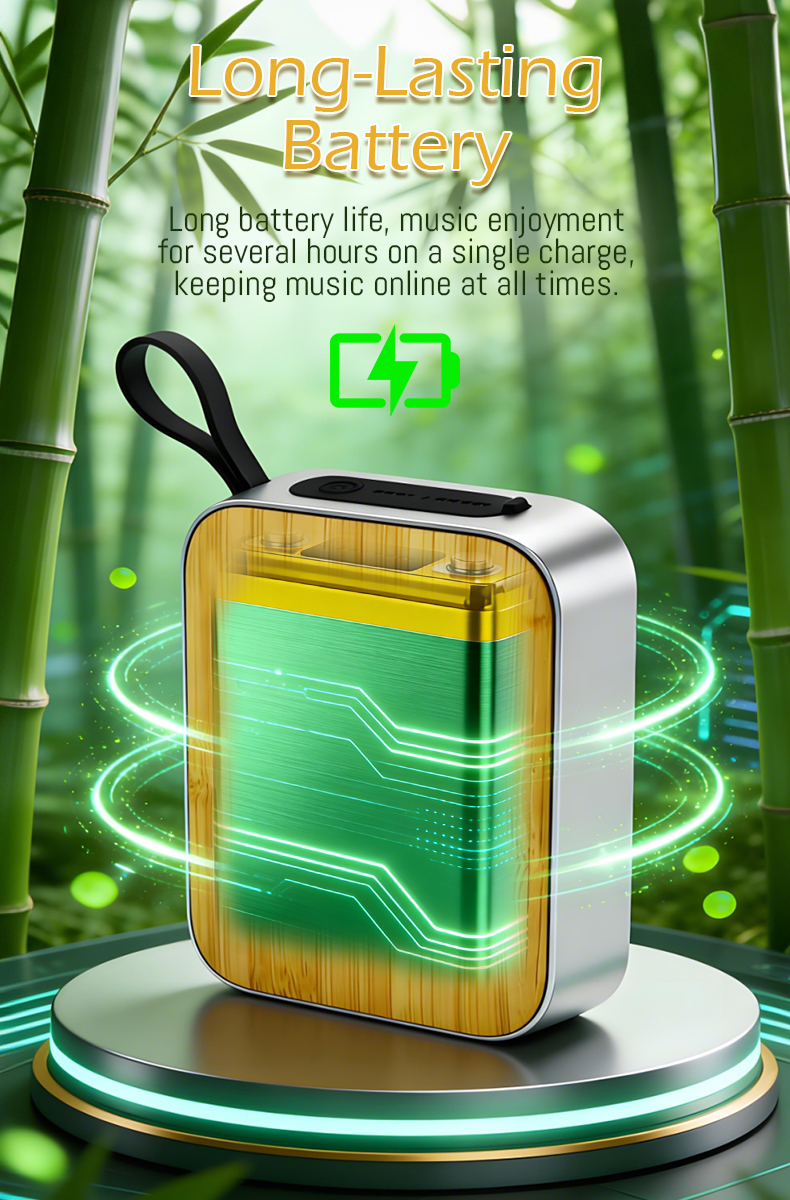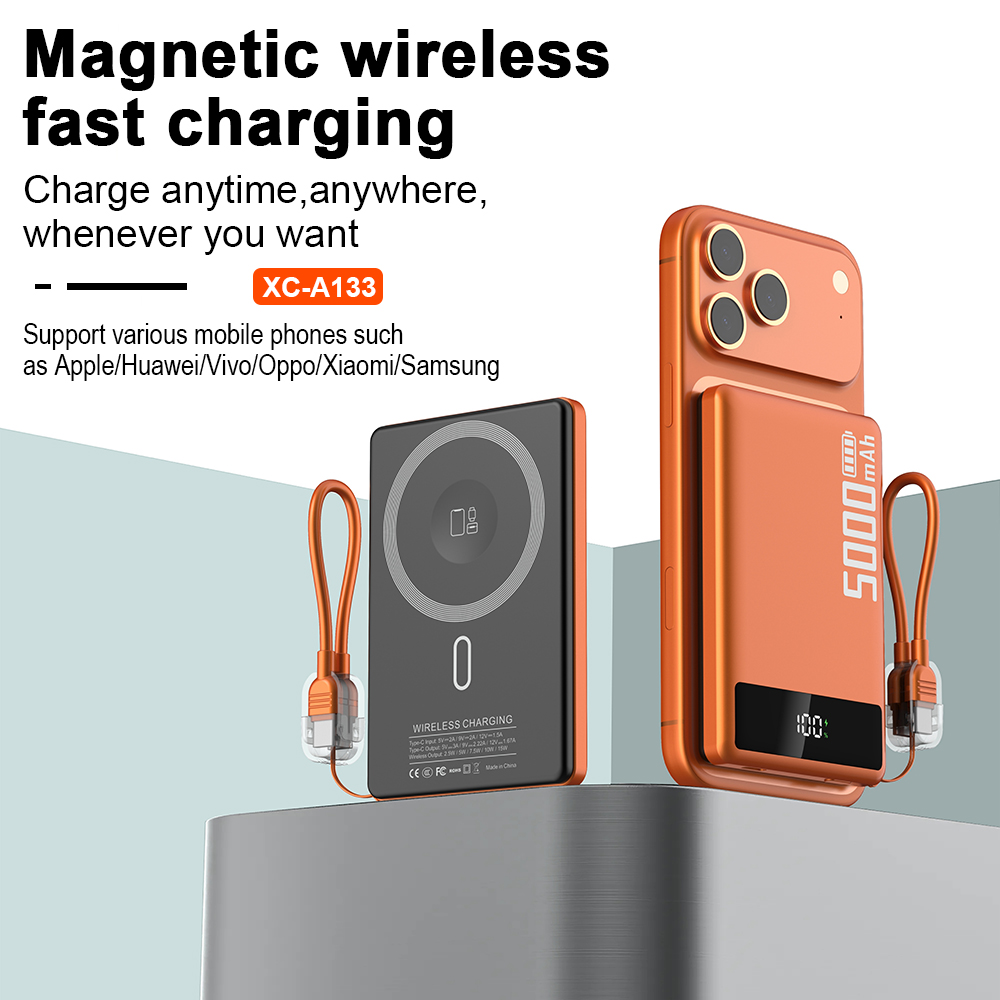wireless charging coil

Revolutionizing the way we charge our devices

Wireless charging coil technology has sparked a revolution in the way we power up our devices. Gone are the days of struggling with tangled charging cables and worrying about finding an available power outlet. With wireless charging, we can simply place our devices on a charging pad or stand, and they begin to charge without the need for any physical connection.
What is a wireless charging coil?
A wireless charging coil, also known as an inductive charging coil, is a key component in wireless charging technology. It consists of a coiled conductor that generates a magnetic field when an electric current flows through it. This magnetic field interacts with a compatible receiver coil in the device, inducing an electric current to charge the battery.
These wireless charging coils are typically made of copper or similar conductive materials, tightly wound into a spiral shape. This design maximizes the efficiency of energy transfer between the transmitter (charging pad or stand) and the receiver (device). The size and shape of the coil may vary depending on the specific charging system and device being used.
How does wireless charging work?
Wireless charging technology operates on the principle of electromagnetic induction. When an electric current flows through the coil in the charging pad or stand, it creates a magnetic field. This magnetic field then induces an electric current in the receiver coil of the device, which charges the battery.
The charging process starts when the device is placed on the charging pad or stand, aligning the receiver coil with the transmitter coil. The coils must be close enough for efficient energy transfer, typically within a few millimeters. Once the connection is established, the magnetic field induces an alternating current in the receiver coil, converting it back into direct current to charge the battery.
Advantages and applications
Wireless charging coil technology offers several advantages and has a wide range of applications. Some of the key benefits include:
- Convenience: Wireless charging eliminates the need for physical cables, allowing for effortless charging with a simple placement of the device on the charging surface.
- Reduced wear and tear: With no physical connectors involved, there is less wear and tear on the charging port of the device.
- Compatibility: Many smartphones, smartwatches, and other electronic devices support wireless charging, making it a convenient option for various devices.
The applications of wireless charging are rapidly expanding beyond consumer electronics. It is being implemented in public spaces, such as airports and coffee shops, enabling users to charge their devices conveniently while on the go. Additionally, wireless charging is being integrated into electric vehicles, providing a seamless charging experience for eco-friendly transportation.
In conclusion, wireless charging coil technology has revolutionized the way we charge our devices. Its simple and convenient nature, coupled with the expanding range of compatible devices, makes it a promising alternative to traditional wired charging. As the technology continues to advance, we can expect even greater adoption and integration of wireless charging in our daily lives.




